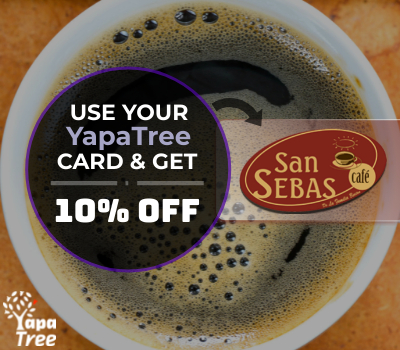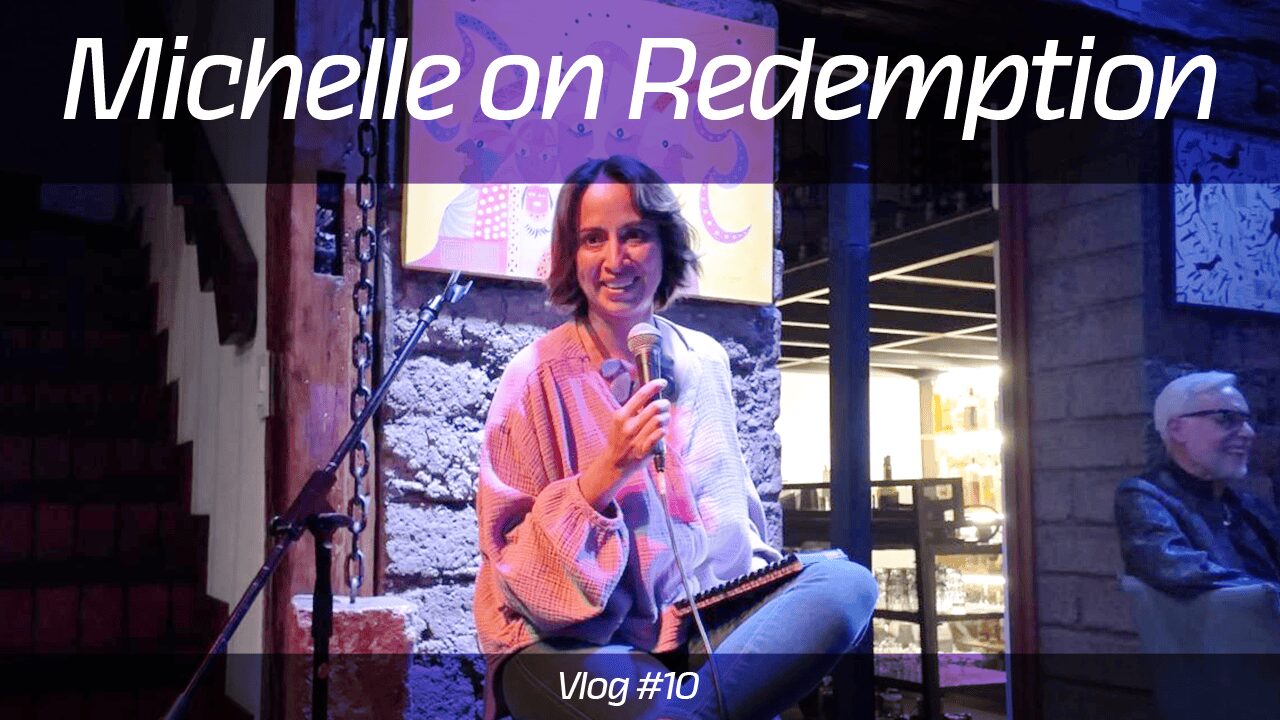I come from a wonderland of international foods. Having lived in California for almost my entire life, I had the great fortune of living in a veritable melting pot of humanity, one which was, and is, constantly in flux. When I was younger, there were more Mexican and Central American culinary influences than anything else. Delicious tacos al pastor and mole was almost as common in my native Orange County as in Mexico. Later, huge populations of Southeast Asians began moving in, and with them came banh mi and shoyu ramen and Korean BBQ. In the last 5 years, the Middle East has been making its flavors known to our willing American palates (even the grumpiest anti-immigrants grump less about the food than the people).
Needless to say, I became accustomed to this smorgasbord of goodness and so, whenever I consider moving to a new city, the availability of international food is a virtually non-negotiable factor. That’s part of the reason that I chose Cuenca, Ecuador, to live in for a year, as it has an acceptable variety of cuisines. But that’s also the primary reason why, at every opportunity, I run off to Vilcabamba – the tiny, mountainous village offers more delicious international food in less square footage than anywhere else in Ecuador. Big claim, I know.
For a town that contains a population of less than 10,000, Vilcabamba is chock-full of foreigners. Many people complain about this, about the “ugly gringos” who have moved in and taken over, making Vilcabamba feel less and less like a small Ecuadorian village. But this argument doesn’t interest me. We spend too much energy worrying about more and more people coming to a place we love. We all want to be one of the select few in on the secret. And yet, it’s energy wasted because there’s no stopping it. And while there are arguably downsides to an influx of European, Australian, and North American immigrants, there are also many upsides, especially when they bring their food with them and are willing and desirous of engaging with the established community.
Vilcabamba’s tiny central plaza overflows with wonderful food. There is the United Falafel Organization, next to the church, which offers fresh pita, hummus, and curries, as well as homemade sauces such as peanut sauce and an out-of-this-world garlic sauce, and their espresso drinks and desserts are worth stopping for in and of themselves. Kitty corner to U.F.O. is the Juice Factory, which serves fresh juices every morning, as well as fresh-from-the-garden breakfasts and lunches. They also have a tiny organic market in the back, with supplements, alternative flours, kombuchas, raw milk, and other hard to find items. Next door is Midas Touch, which, true to its name, turns everything coming out of its kitchen into edible gold. My personal favorite is the pumpkin, chorizo, and egg scramble with homemade salsa, accompanied by a large, steaming cup of fresh, strong lojano coffee.
Far from being the extent of Vilcabamba’s epicurean offerings, go a block from the square in almost any direction and you’ll find things you never expected to find in Ecuador. Walk around the corner from the Juice Factory, towards the main highway, and thrill your senses in La Baguette, an authentic French bakery. Their cinnamon rolls and almond croissants are mouth-watering, and they also sell fresh cheeses and salamis. Their bread offerings change daily, but make sure to get there early for the biggest selection. If you walk straight past the Juice Factory instead, heading to the right of the church, you’ll run into the newly-opened Akemi Sushi. The sushi chef, a Lojano who spent 20 years in Japan and studied sushi-making there, brings authentic Japanese flavors to your table. For a reasonable price, his sushi will bring you about as close to fish-induced bliss as you’ve ever been. Walk across the square, perpendicular to the highway, and, right past an interesting mural of two elderly lovers sea-bathing, you’ll find The Lions Bear, a newly opened French restaurant with delicious artisan IPAs and French Onion Soup. For dessert, walk across the street to the Belgian chocolatier and weep with heady delight at its offerings.
For a truly memorable experience, head out of town a little bit. If you continue going down the street with the romantically oddball mural, either on foot if you fancy a walk or by taxi, away from the highway, you’ll eventually get to Shanta’s Pizza. This place is unlike anything else I’ve seen in Ecuador, with multitudes of bizarre cacti and succulents, snake and animal skins hanging from the ceiling, saddles in place of bar stools, and the mustachioed Shanta lording over it all. The pizzas are delicious (watch out for the ají!) and if you have the good fortune of getting to try his special wine, do not falter… but also don’t try it more than twice. You’ll recognize this as good advice in hindsight if you’re foolish enough to ignore it.
While the food is excellent, varied, and lovingly made, one of the best aspects of eating out in Vilcabamba is the openness of each restaurant’s owner. At U.F.O., Mazzi is always chatting with customers, filling them in on his hopes for expansion and sometimes showing them the back deck where he will soon be opening up an extra eating area. Ruthhyra at Midas Touch, when not busily putting her expert touch on everything coming out of the kitchen, can usually be found conversing with locals and visitors alike, while her Chilean husband, Andres, bounces from toe to toe in a constant state of excitement. Saúl, the chef at Akemi, is always happy to tell his story about time spent and lessons learnt in Japan. In short, while gustatory delights are plentiful, interesting conversations with lovely, open-minded people are boundless and freely given.
I wouldn’t be surprised if, before long, Vilcabamba becomes known as the top culinary destination in Ecuador. While Ecuadorian food may not be its specialty, the marriage of international food and people in a community as close-knit as this one, where many of the business owners I met are trying to connect with the local Ecuadorians just as much as with tourists, makes for exactly the kind of place that foodies and other culinary-minded folk will flock to.




















